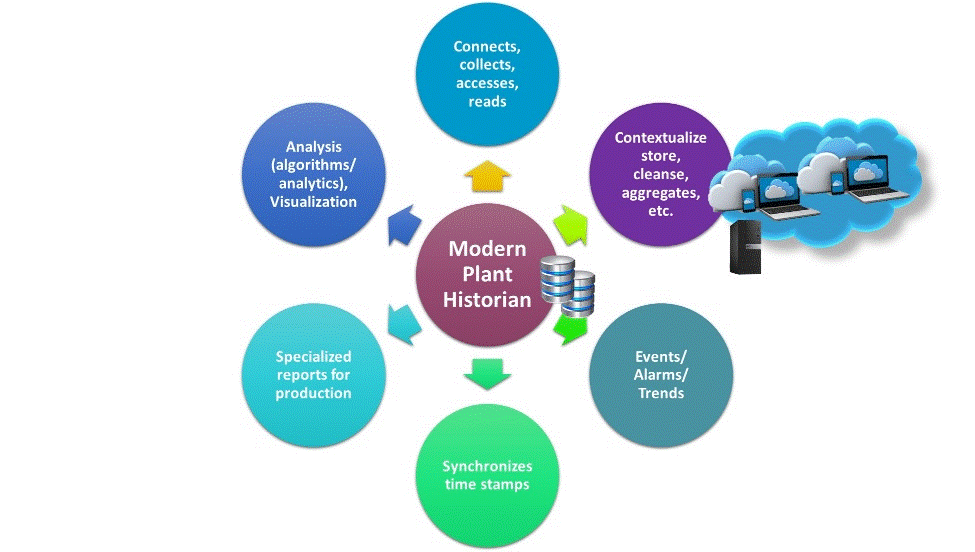

The number one reason to implement operational historians and time-series databases is to be able to make data-driven process decisions. The operational historian collects real-time process data from process control systems, sensors, equipment, and other data sources. The new generation of operational historians provide a data platform for capturing and transforming time-series data to support improved analysis and decision-making and overall digital transformation.
While some companies continue to use legacy process historians dating back to 1980s, most have upgraded their industrial data platforms to take advantage of the new data management tools built into these systems. All are time-series databases and some are built on open-source databases.
Some historian suppliers have addressed the need for better and easier data connectivity by adding support for OPC and other standards or including software development kits (SDK). Other suppliers have gone even further by developing standard connectors to third-party applications that enable “plug and play” data connectivity. While often overlooked, data cleansing is also a vital part of what historians do because bad or inaccurate data can lead to process challenges.
Additionally, modern historians include better tools for analyzing and visualizing data. These include specially designed digital dashboards. Some suppliers are developing or partnering with advanced analytics that include machine learning and artificial intelligence (AI).
Most historians and some real-time databases do some analytics, including regression analysis, but many of the advanced solutions are offered through a third-party partner. In addition to more advanced algorithms and tools, some historians have energy and material information built-in to make it easier for workers to analyze the specific application data. Visualization and digital dashboards alone can save millions of dollars depending upon the plant. Customized production reports, material reports, and tracking reports are often embedded in templates within the historian software. Data models have transformed from tag-based to asset-based models. These make it easier and faster for users to search for specific data on an instrument, reactor, site, plant, or whatever.

Other trends include combining data across plant, site, and enterprise historians to enable companies to compare the performance of plants, equipment, materials and other resources. To support IIoT initiatives, companies are also storing and moving data from on-site to the cloud, edge devices, or data lakes.
If you’d like to learn more about the leading suppliers in this space, key considerations, and strategies for the next-gen process historian or industrial data platform, ARC has produced a new Operational Historian/Industrial Data Platform Market Analysis report for both the process and discrete industries.

